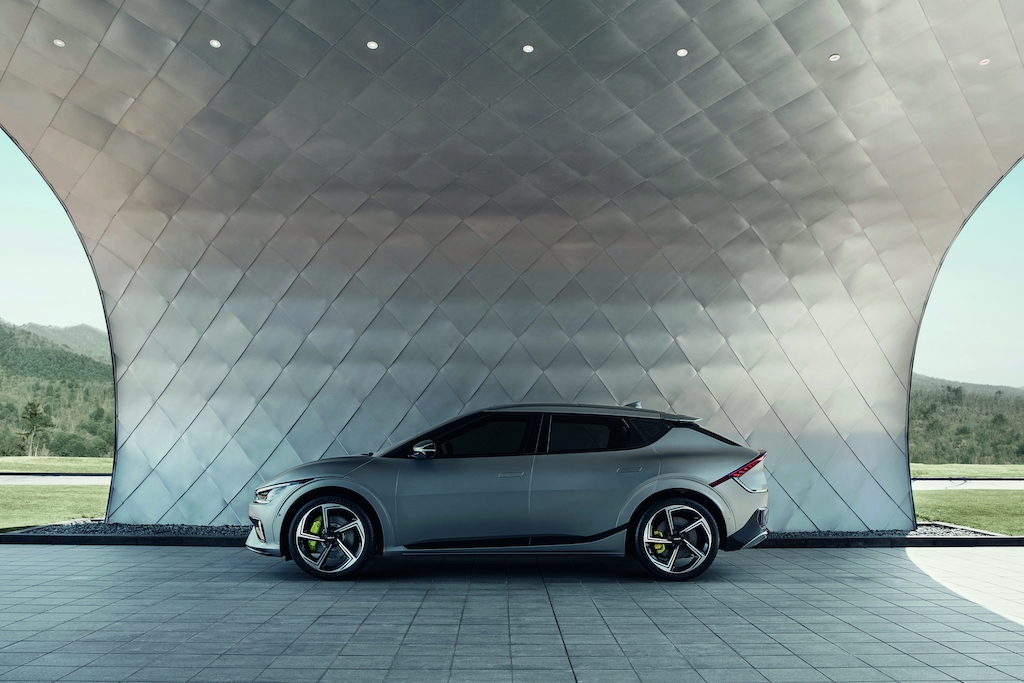Noise, vibration and harshness (NVH) has been an engineering problem for decades, but electric powertrains and evolving interior layouts are creating new challenges.
The problem is that an internal combustion engine (ICE) has helped to muffle certain sounds, be it wind rushing past the vehicle or tyre roar as the vehicle rolls on the road. By removing the clatter of an ICE, electric vehicles (EVs) are now vulnerable to a range of creaks, rattles and whines that might have gone unheard. And at higher speeds, road and wind noise is amplified. It is a problem that the entire industry has been working on, but with autonomous vehicles looming, there could be further hurdles down the road on the NVH front.
Much focus may go toward the automakers and their Tier 1s, but materials specialists also play a key role in tackling NVH. Chemical giant BASF has positioned itself as an expert in this regard, consulting with OEMs to find the right solution for the job. Its development teams are working to understand the properties and characteristics of different materials, balancing not only NVH performance but also cost, weight, safety and sustainability.
“EVs require completely new concepts,” says Marc Ingelmann, Head of

